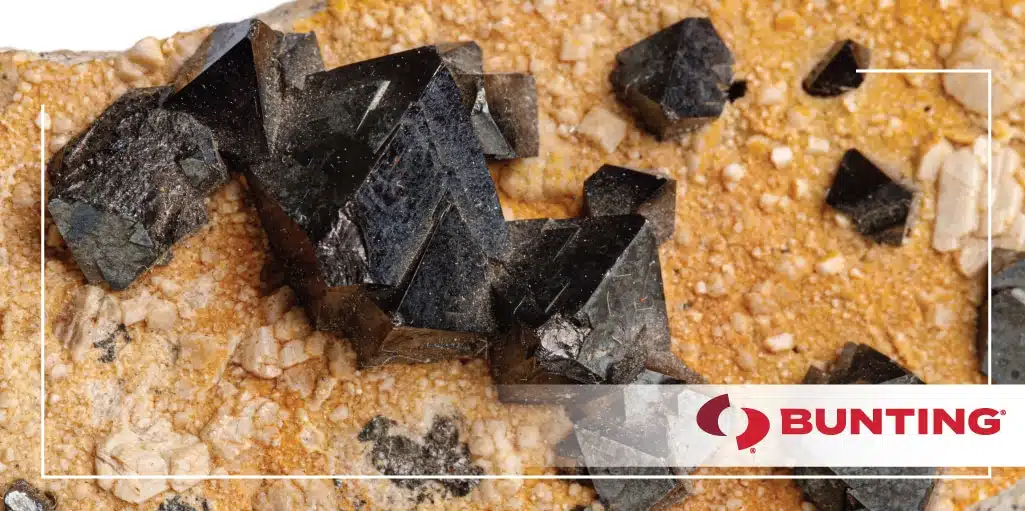Magnets in History: What is a Lodestone?
News
Lodestones sound like something out of a fantasy novel, but they are in fact a real type of magnetic material. A lodestone is a piece of the mineral magnetite that has become naturally magnetized and can thus attract iron. Lodestones led to the discovery of magnetism in ancient history, and shortly after they were discovered, they began to be used in magnetic compasses to help early travelers navigate. Today, magnets are of course used in many more applications than just simple compasses. However, humankind’s early discovery of the lodestone was the beginning of a fascination with magnetic materials that continues to drive us today.
Despite its name, not all magnetite is found magnetized within the Earth’s crust. All magnetite is attracted to magnetic fields, just like other ferromagnetic minerals such as iron, but not all magnetite becomes magnetized itself. Geologists are still trying to determine exactly how some pieces of magnetite become magnetized and thus become lodestones. One of the main theories is that powerful magnetic fields generated by bolts of lightning causes lodestones to become magnetized. This theory is supported by observations that magnetized pieces of lodestone are typically found closer to the Earth’s surface as opposed to buried deeper in the ground.
The discovery of the lodestone was the beginning of mankind’s fascination with magnetic materials.
It is not known for certain who was the very first human to observe the magnetic properties of lodestones. We do know that different civilizations around the world began to discover magnetism and lodestones at somewhat similar points in history. One of the first references to the magnetic properties of lodestones was made by the 6th century BC Greek philosopher Thales of Miletus, who observed that lodestones could attract iron particles to its surface.
Taking a trip to Asia, we can observe that the first Chinese literary reference to magnetism is in the 4th century B.C. “Book of the Devil Valley Master (Guiguzi).” By the 2nd century BC, the Chinese text Lüshi Chunqiu explicitly asserted that “the lodestone makes iron come or it attracts it,” and Chinese geomancers were experimenting with designing tools that we would now describe as compasses.
Crossing yet another great geographic divide, we swim across the Pacific Ocean and find ourselves in what is today the Veracruz region of Mexico. Here, archeologists have presented evidence to suggest that the Olmec civilization—the earliest known major Mesoamerican civilization–may have been using lodestones for navigation and architectural design a thousand years prior to the first Chinese writing about this phenomenon. In addition to a polished magnetic iron ore bar that resembles a compass, archeologists also discovered statues that featured specially placed magnetic ores. One example is a jaguar statue with magnetic poles in each of its raised paws.
From these examples, we can see that magnetism has fascinated human societies around the world for thousands of years. It is exciting to think about how far the study of magnets has come since then—the power of today’s neodymium magnets would certainly impress philosophers from the ancient world!
To learn more about the many applications magnets are used in today, as well as the different types of magnetic material available, contact BuyMagnets.com today.
